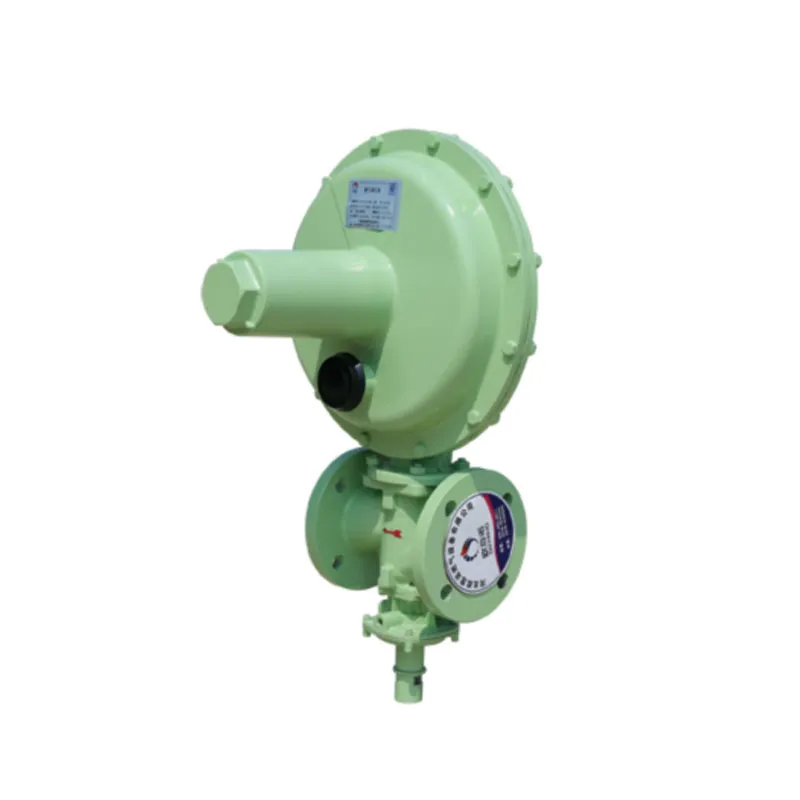
Dec . 10, 2024 17:18
Back to list
Understanding the Importance and Functionality of Pressure Relief Valves in Industrial Systems
Understanding Relief Valves Function, Types, and Importance in Industrial Applications
Relief valves are critical components in various industrial systems, primarily designed to protect equipment from overpressure scenarios, which can lead to catastrophic failures or even loss of life. These devices play a pivotal role in ensuring safety and efficiency in systems that handle fluids and gases. In this article, we will explore the function, types, and significance of relief valves in industrial applications.
Function of Relief Valves
Relief valves serve as a safeguard in pressure vessels, pipelines, and process equipment. Their primary function is to release excess pressure when it exceeds a predetermined limit, which is crucial for maintaining the integrity of the system. When pressure builds up to an unsafe level, the relief valve opens, allowing fluid or gas to escape, thereby reducing the pressure to a safe level. This process prevents potential explosions, equipment damage, and environmental hazards.
The operation of a relief valve is typically automatic and occurs without the need for human intervention. Once the pressure falls below the set point, the valve closes, ensuring that the system remains sealed and operational.
Types of Relief Valves
Relief valves come in various designs, each tailored for specific applications and pressure ranges. Here are some common types
1. Spring-Loaded Relief Valves These are the most widely used relief valves. They utilize a spring mechanism to maintain a set pressure. When the pressure exceeds the set value, the spring compresses, allowing the valve to open and release the excess pressure.
2. Pilot-Operated Relief Valves These valves use a smaller pilot valve to control the main valve, making them suitable for high-pressure applications. They offer greater precision and the ability to handle larger flow rates compared to spring-loaded valves.
3. Balanced Bellows Relief Valves Designed to minimize the effects of backpressure, balanced bellows valves are used in systems where the backpressure can fluctuate. The bellows element compensates for these changes, ensuring reliable operation.
relief valve

4. Electronic Relief Valves With advancements in technology, electronic relief valves have emerged. These valves use electronic controls to monitor and adjust pressure settings in real-time, enhancing the safety and efficiency of modern industrial systems.
Importance of Relief Valves in Industry
Relief valves play an essential role in various industries, including oil and gas, chemical manufacturing, and food processing. Their importance can be summarized in several key points
- Safety The primary purpose of a relief valve is to enhance safety by preventing overpressure situations that could lead to explosions or equipment failures. By maintaining pressure within safe limits, these valves protect both personnel and infrastructure.
- Compliance Many industries are subject to strict regulations regarding pressure management and safety standards. Relief valves help companies comply with these regulations, thereby avoiding legal issues and potential fines.
- Operational Efficiency By preventing overpressure conditions, relief valves ensure the smooth operation of machinery and reduce downtime caused by maintenance or emergency shutdowns. This leads to improved productivity and cost savings for businesses.
- Environmental Protection Properly functioning relief valves help minimize the risk of leaks and spills caused by overpressure. This is particularly important in industries that handle hazardous materials, as it contributes to environmental safety.
Conclusion
In conclusion, relief valves are indispensable components in industrial systems, serving as the first line of defense against overpressure conditions. With various designs tailored to meet specific needs, they enhance safety, ensure compliance, and improve operational efficiency. As industries continue to evolve and embrace advanced technologies, understanding the role and functionality of relief valves remains critical to safeguarding both assets and personnel. Proper selection, installation, and maintenance of these valves are essential for achieving optimal performance and safety in any industrial application.
Next:
Latest news
-
Safety Valve Spring-Loaded Design Overpressure ProtectionNewsJul.25,2025
-
Precision Voltage Regulator AC5 Accuracy Grade PerformanceNewsJul.25,2025
-
Natural Gas Pressure Regulating Skid Industrial Pipeline ApplicationsNewsJul.25,2025
-
Natural Gas Filter Stainless Steel Mesh Element DesignNewsJul.25,2025
-
Gas Pressure Regulator Valve Direct-Acting Spring-Loaded DesignNewsJul.25,2025
-
Decompression Equipment Multi-Stage Heat Exchange System DesignNewsJul.25,2025

